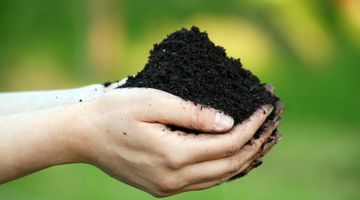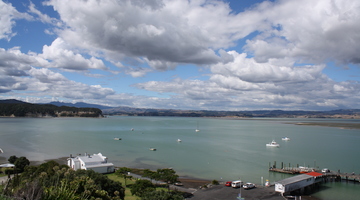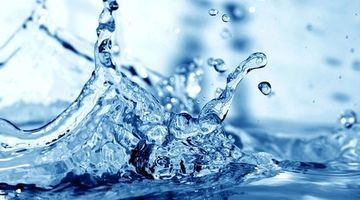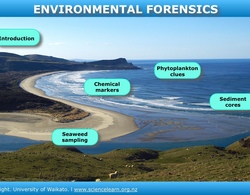

We rely on the land to provide the country with food, mineral resources and places to build our homes and industries, but all these uses can put a strain on the land and affect the soil itself ...
READ MORE

Organochlorines are chemicals that contain carbon and chlorine. Many organochlorines are harmful because they do not break down easily. This means they stay in the environment and our bodies for ...
READ MORE

Did you know there are over 30,000 chemicals approved for use across Aotearoa New Zealand? Who approves and regulates the use of these chemicals? How do we know what happens to these chemicals ...
READ MORE

Be part of a worldwide movement and use Global Earth Challenge to submit or classify photos to help our planet’s environment and human health. Global Earth Challenge is a citizen science campaign ...
READ MORE

Globe at Night is an international citizen science campaign to raise public awareness of the impact of light pollution by inviting citizen scientists to measure and submit their night sky ...
READ MORE

Litter is everywhere – but how much is there, and why does it matter? Litterati is an online citizen science (OCS) project that allows participants to photograph, upload and tag litter in their ...
READ MORE

There are over 150,000 substances approved for use in Aotearoa New Zealand that contain an estimated 30,000 chemicals. We use chemicals on a daily basis – they’re all around us. Chemicals are not ...
READ MORE

With 75% of New Zealanders living within 10 km of the coast, many students will be familiar with estuaries. In scientific terms, estuaries are the interface between the land and the sea – the ...
READ MORE

About 70% of Earth’s surface is covered by water. It is found just about everywhere and is the only naturally occurring substance on Earth existing in solid, liquid and gas states. Water is ...
READ MORE
Paul McNabb of the Cawthron Institute in Nelson describes the system they use to monitor shellfish safety. He explains how toxins are detected in shellfish using liquid chromatography-mass ...
READ MORE
Paul McNabb provides a short explanation on how an LC-MS functions.
READ MORE
Dr Susie Wood of the Cawthron Institute in Nelson talks about how toxic grey side-gilled sea slugs are. She explains that not all these sea slugs are toxic. It seems that North Island slugs are ...
READ MORE

This interactive demonstrates bioaccumulation of marine toxins. It shows how toxins move through a marine food web.
READ MORE

Dr Candida Savage explains the clues she collects in estuaries and fiords, to understand how changes in land use affect these environments. Click on the labels to watch the videos for more ...
READ MORE

This timeline lets you see the historical developments in technology related to weather monitoring, measuring and forecasting. It also shows how scientific thinking changed over the centuries as ...
READ MORE